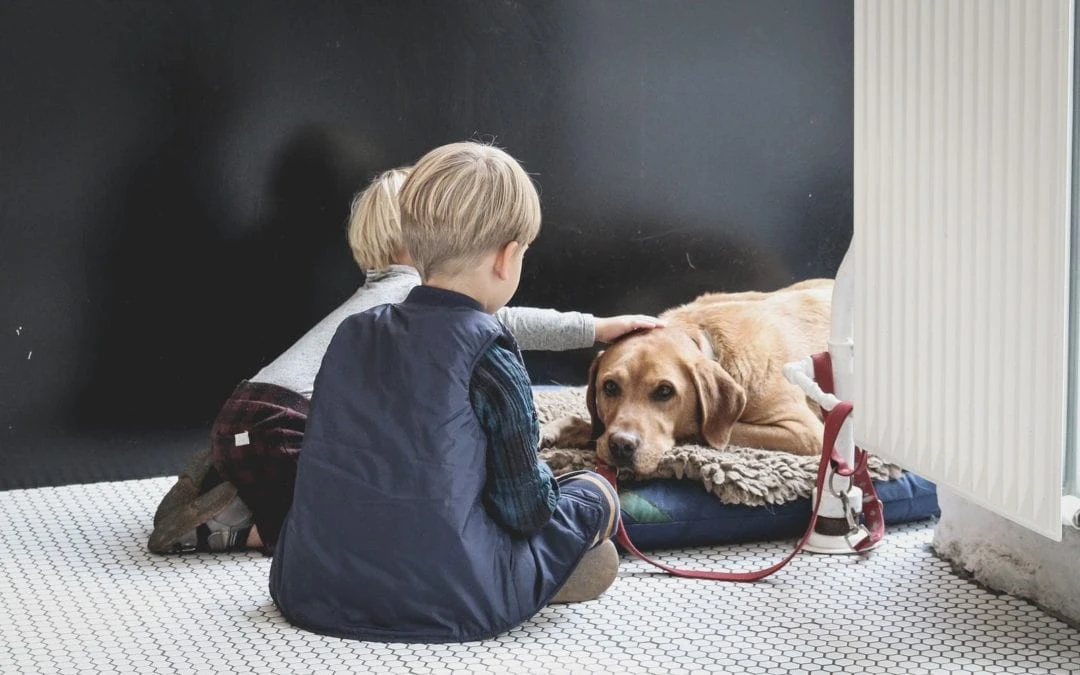Recognizing the signs that may indicate a pet’s need for euthanasia is vital for ensuring their well-being and comfort. Persistent pain, drastic behavior changes, and a loss of appetite can signal suffering that owners must address. Understanding these indicators not only aids in evaluating a pet’s quality of life but also facilitates important conversations with veterinarians. This process, while difficult, can ultimately lead to decisions that prioritize the pet’s dignity and peace in their final days. What should owners consider next?
Key Takeaways
- Recognizing signs for euthanasia allows for timely interventions, improving the pet’s comfort and quality of life in their final days.
- Monitoring changes in behavior and appetite helps identify distress, enabling proactive measures to enhance the pet’s wellness.
- Consultation with veterinarians provides clarity on health status, guiding owners in making informed decisions about their pet’s care.
- Palliative care options can significantly improve a pet’s comfort without hastening death, enriching their remaining time.
- Acknowledging emotional impacts encourages open dialogue, fostering support and understanding during difficult decisions about end-of-life care.
Recognizing the Signs Your Pet May Need Euthanasia
Recognizing the signs your pet may need euthanasia is a crucial aspect of responsible pet ownership, as difficult as that realization may be. Observing a decline in mobility, persistent pain, or loss of appetite can indicate severe health issues. Changes in behavior, such as increased aggression or withdrawal, may also signify distress. Additionally, frequent vomiting or incontinence can suggest that a pet is suffering. It is essential to monitor these signs closely and consult a veterinarian for guidance. Understanding these indicators fosters a compassionate approach to ensuring a pet’s comfort and dignity. By being attentive to these signs that their pet may need euthanasia, owners can make informed decisions that prioritize their beloved companion’s well-being.
The Emotional Impact of Euthanasia on Pet Owners
How does one prepare for the heart-wrenching decision of euthanasia for a beloved pet? The emotional impact on pet owners is profound and multifaceted. Feelings of guilt, sadness, and grief often intertwine as individuals grapple with the loss of companionship and the finality of their choice. Owners may question if they recognized the signs your pet may need euthanasia in time or whether they made the right decision. This emotional turmoil can lead to isolation, as many struggle to articulate their feelings to others. Support from friends, family, or pet loss support groups can be crucial, fostering a sense of community and understanding. Acknowledging these emotions is essential for healing, allowing owners to honor their pet’s memory while embracing their own journey of grief.
Assessing Quality of Life in Your Pet
When evaluating a pet’s quality of life, what factors should be carefully considered? Owners should observe their pet’s ability to engage in daily activities, such as eating, playing, and grooming. Pain levels, mobility, and social interaction are also vital indicators. Changes in behavior, such as withdrawal or aggression, can signal discomfort or distress. Monitoring appetite and hydration is essential, as these can reflect overall health. Additionally, keeping track of any chronic conditions and their management helps gauge wellness. Understanding these aspects allows pet owners to recognize signs your pet may need euthanasia, fostering a compassionate and informed approach to their pet’s well-being. Ultimately, evaluating quality of life guarantees pets receive the care and comfort they deserve during their lifetime.

Conversations With Your Veterinarian About Euthanasia
Engaging in open dialogue with a veterinarian about euthanasia is a significant step for pet owners grappling with the well-being of their beloved companions. These conversations can illuminate the signs your pet may need euthanasia, helping owners assess their pet’s quality of life. Veterinarians can provide valuable insights, answering questions and addressing concerns regarding the pet’s health, pain management, and overall comfort. This partnership fosters a deeper understanding of the pet’s needs, ensuring that decisions are made compassionately and thoughtfully. By discussing the emotional and physical aspects of their pet’s condition, owners can find solace in knowing they are making informed choices in the best interest of their furry friends, ultimately enhancing their pets’ quality of life.
Alternatives to Euthanasia and Palliative Care Options
While the decision to contemplate euthanasia for a pet often weighs heavily on the hearts of owners, exploring alternatives can provide valuable avenues for enhancing a pet’s quality of life. Palliative care options focus on alleviating pain and improving comfort without hastening death. This may include medications for pain management, nutritional support, and modifications to the home environment to accommodate a pet’s changing needs. Therapies such as acupuncture and massage can also contribute to overall well-being. Engaging in open dialogue with veterinarians can help owners understand these alternatives and guarantee they provide the best possible care. Recognizing the signs your pet may need euthanasia remains essential, but exploring these options can offer hope and comfort during challenging times.
Frequently Asked Questions
What Are Common Misconceptions About Pet Euthanasia?
Common misconceptions about pet euthanasia include beliefs that it is always a last resort, that it causes pets pain, or that it signifies failure as an owner. Understanding these misconceptions can facilitate informed, compassionate decisions.
How Can I Prepare Emotionally for My Pet’s Euthanasia?
Preparing emotionally for a pet’s euthanasia involves acknowledging feelings, seeking support from loved ones, discussing concerns with a veterinarian, and creating lasting memories. Understanding the signs your pet may need euthanasia can also provide clarity during this difficult time.
Are There Financial Considerations for Euthanasia Services?
Financial considerations for euthanasia services often include veterinary fees, potential cremation or burial costs, and any additional services. Understanding these factors can help pet owners prepare and make informed, compassionate decisions during difficult times.
What Should I Expect During the Euthanasia Process?
During the euthanasia process, a veterinarian guarantees a peaceful environment, administering a sedative followed by an overdose of anesthetic. This compassionate approach provides comfort, allowing pets to shift gently, surrounded by their loving owners.
Can I Be With My Pet During Euthanasia?
Many pet owners choose to be present during euthanasia, providing comfort to their beloved animals. Veterinarians often support this decision, recognizing that companionship can ease anxiety, ensuring a peaceful farewell for both pet and owner.
Conclusion
To summarize, recognizing the signs that may indicate the need for euthanasia is essential for ensuring a pet’s comfort and dignity. By understanding these indicators, pet owners can make informed decisions regarding their pet’s quality of life and seek appropriate veterinary guidance. Engaging in open conversations with veterinarians and exploring palliative care options can enhance pet wellness, providing a compassionate framework for managing difficult end-of-life decisions while prioritizing the well-being of beloved companions.
You May Also Like To Read:



